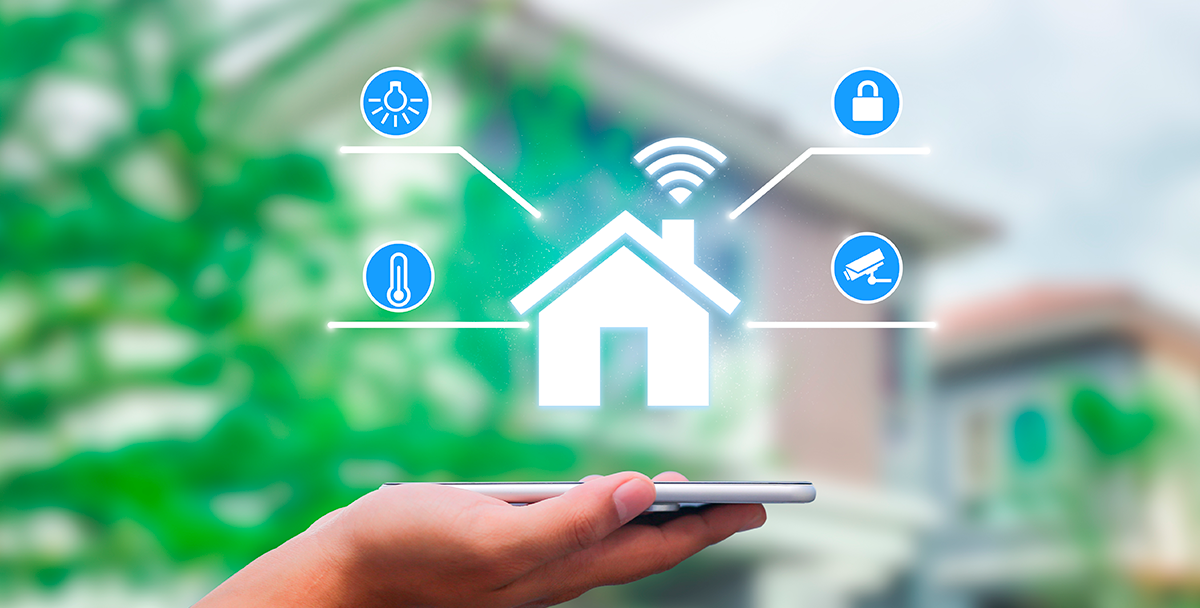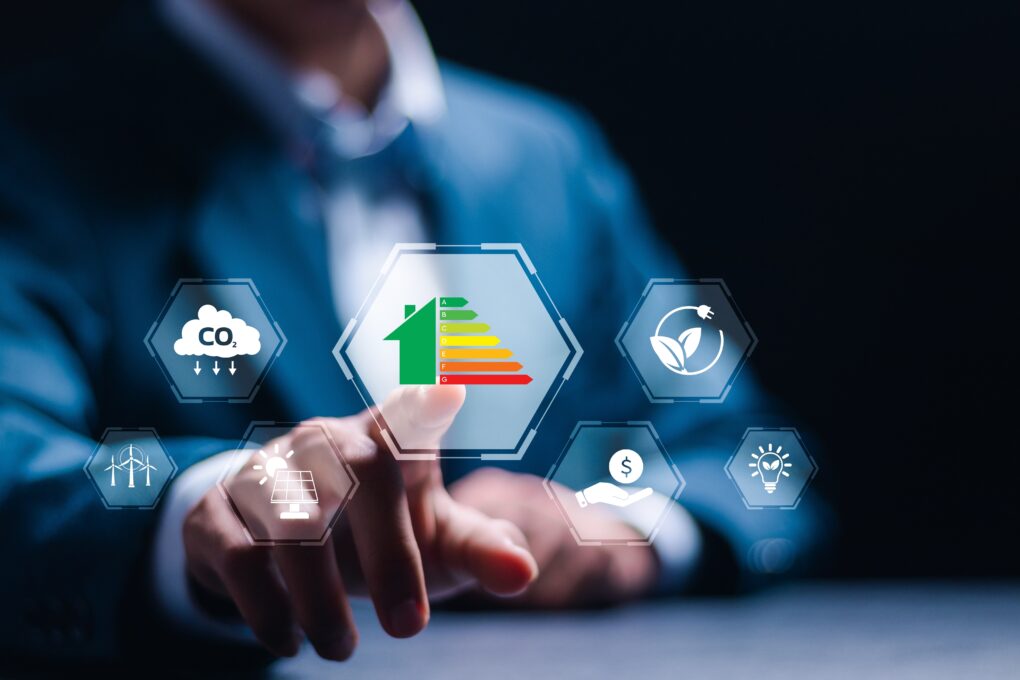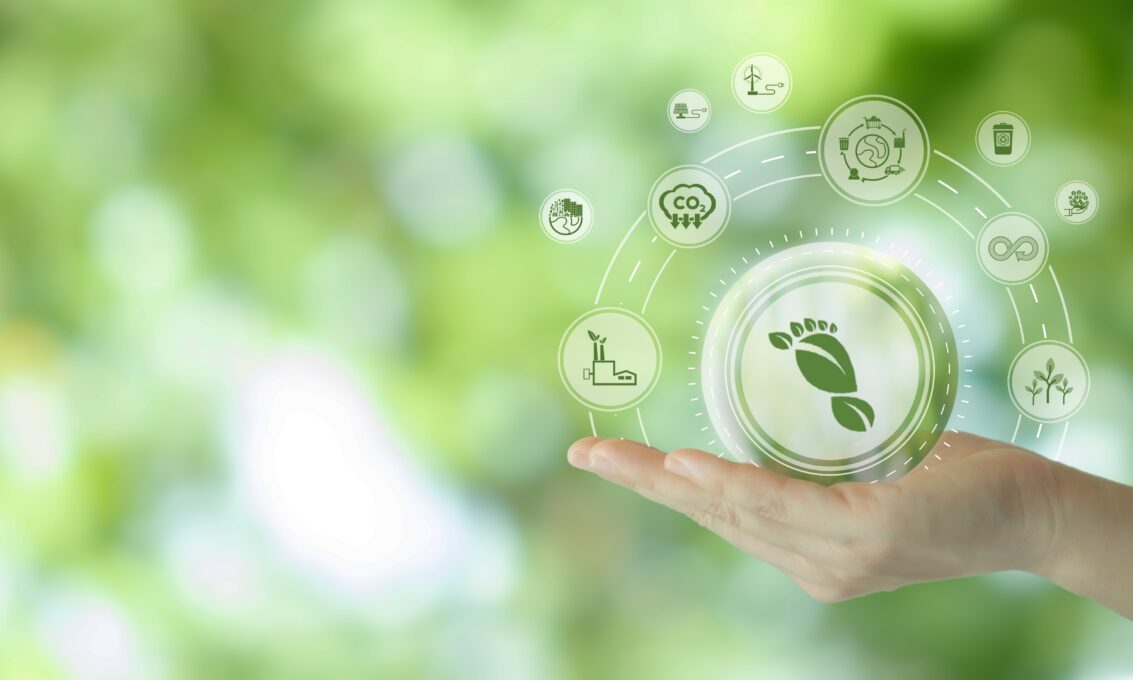Digitalization can support shifting to more sustainable transport in Europe

Europe is embarking on an exciting journey to transform its transport systems. But this rocky road faces many challenges. Did you know that transport and sustainability go hand in hand and are making big steps towards achieving greener mobility?
In this article, we explore the connection between digitalization and transportation, highlighting its fundamental role in shaping the future of vehicles and advancing environmental goals. Let’s start!
Why digitalization matters
Can you imagine a future where cars drive themselves, traffic jams are a thing of the past, and our cities are quieter and cleaner? This is the promise of digitalization. Through making the most out of the power of digital technology, we can make transport and sustainability work together for the benefit of the society. These are some of the aspects in which digitalization can be helpful:
- Reducing pollution and emissions: One of the ways in which cutting down on emissions can be achieved is through digital technologies. How? For example, smart traffic management systems can reduce the amount of time cars spend idling in traffic and reduce pollution. Electric and hybrid vehicles, which rely on advanced digital systems for efficient operation, produce fewer emissions compared to traditional gasoline cars.
- Easing congestion: Traffic jams are a major source of frustration and lost productivity. That’s why digital solutions like real-time traffic monitoring and smart navigation apps can help drivers find the quickest routes, avoiding traffic jams and reducing overall travel time. Besides making our journeys smoother, it reduces fuel consumption and emissions.
- Improving safety: We all know being stuck in a traffic jam is nerve-racking and time-consuming, and researchers have worked to solve this problem. By developing smart traffic management systems that use real-time data to optimize traffic flow, we can reduce congestion and save time. Also, navigation apps can suggest the quickest routes, helping drivers avoid traffic jams and arrive at their destinations faster.
The power of data
Digitalization has many benefits, but one of its most remarkable ones is the massive amount of data it generates. All this data can be incredibly valuable for transport and sustainability because it can create better policies and improve transport systems. So, let’s see how it achieves this:
- Targeted policies: Policymakers can make use of this data because they now have information on traffic patterns, vehicle emissions, and road conditions. They can develop more effective strategies to tackle specific issues, like identifying areas with high pollution levels and implementing measures to reduce emissions in those zones.
- Improved mobility: Mobility is also being affected positively by digital technologies. Through real-time information on public transport, schedules can make commuting more convenient. Similarly, data on road usage can help in planning better infrastructure and reducing congestion.
- Automated mobility: Automated vehicles, also known as self-driving cars, are one of the most exciting developments in digitalization. These vehicles use sophisticated digital systems to navigate roads without human input. The following is a list with its most significant achievements:
- Enhanced safety: The number of accidents caused by human error can be significantly reduced thanks to automated vehicles. With precise sensors and instant reaction times, these cars can avoid hazards and follow traffic rules perfectly.
- Accessibility:Those who cannot drive anymore, such as the elderly, or those who cannot do it due to disabilities, now have the opportunity to do so thanks to improved accessibility provided by these vehicles.
- Shared transport: The number of cars on the roads can see a sharp decline thanks to ride-sharing, automated taxis or the use of self-driving cars for shared transport services. This is a great way to cut down on congestion and reduce emissions.
Key technologies driving the change
But the road to digitalization can be bumpy if governments do not fund the necessary research and infrastructure for it to happen. Being aware of this, Europe is investing in several cutting-edge technologies so that transport and sustainability can make a big impact. What are some of its most promising technologies?

Connected and automated mobility (CAM)
The vision of connected and automated mobility is one where cars communicate to each other and to the road infrastructure. CAM systems enable vehicles to share information about road conditions, traffic, and hazards, leading to safer and more efficient travel. So, The European Commission is developing a legal framework to support the widespread adoption of automated vehicles, ensuring they can operate smoothly and safely on our roads.
5G connectivity
5G stands as a crucial element shaping the future of transportation. With its ultra-fast speeds and low latency, 5G will support the seamless operation of automated vehicles and digital trains. By 2025, the EU aims to have uninterrupted 5G coverage along major transport routes, enabling smart, connected mobility solutions.
Artificial intelligence (AI)
Transportation is also one of the areas where AI is making incredible changes. AI has the power to optimize routes, predict maintenance needs, and manage traffic flows more efficiently. One of the ways in which it can help is by making electric vehicles have a better use of their batteries, extending their range and reducing the need for frequent charging.
Semiconductors
These tiny electronic components known as semiconductors are essential for modern vehicles. They power all components of the vehicle, including infotainment systems, safety features and engine controls. To guarantee a constant supply of these critical components, the European Chips Act aims to boost Europe’s semiconductor production. Thanks to this, the continent seeks to become more self-sufficient and competitive in the global market.
Cybersecurity
The risk of cyber-attacks has been on the rise for the past decade, and transport systems are no exception. Therefore, strong cybersecurity measures are essential to protect sensitive data and ensure the safety and reliability of digital transport systems. The EU is implementing strict cybersecurity standards to safeguard our critical infrastructure.
Caution and consideration
It’s clear that digitalization brings many benefits, but it’s important to approach it thoughtfully. If we don’t, increased efficiency and lower costs can lead to higher transport demand, which might offset some of the environmental gains.
Let’s take a look at this case, if automated vehicles make it cheaper to travel, more people might choose to drive instead of using public transport, then leading to more traffic and emissions. So, to ensure digitalization truly leads to sustainable transport, we need to pay attention to the following points:
- Monitor transport demand: We have to keep a close eye on how these technologies impact the number of vehicles on the road and overall travel patterns. Adjusting policies as needed is key to managing increased demand.
- Promote public transport:The use of public transport and shared transport options has to be encouraged. Automated and digital technologies can be integrated into these public transport systems to make them more efficient and attractive.
- Implement smart policies: Developing policies that balance the benefits of digitalization with potential downsides is also essential. Here, we can mention incentives for using electric vehicles and public transport that can help mitigate the impact of increased private vehicle use.
Supporting the transition
As we have seen, transitioning to a digitalized transport system includes many challenges, and this is specially demanding when it comes to smaller companies. As a result, the EU is providing support through initiatives like Digital innovation hubs, which offer technical expertise, financial advice, and training.
Additionally, there’s a strong focus on retraining the workforce to adapt to new technologies to make sure that everyone can benefit from the digital transformation.
Let’s work together
The transportation revolution is here thanks to digitalization. Our vehicles are becoming more efficient, safer and cleaner. This connection that we have pointed out between transport and sustainability is the key driving all these massive changes.
It’s essential that governments agree to work together towards a greener future, where innovation and investment in cleaner technologies is the solution. By doing this, we can create a transport system that meets our needs while it protects the planet we live in.
Explore more of our posts on sustainable packaging and sustainable manufacturing.






























